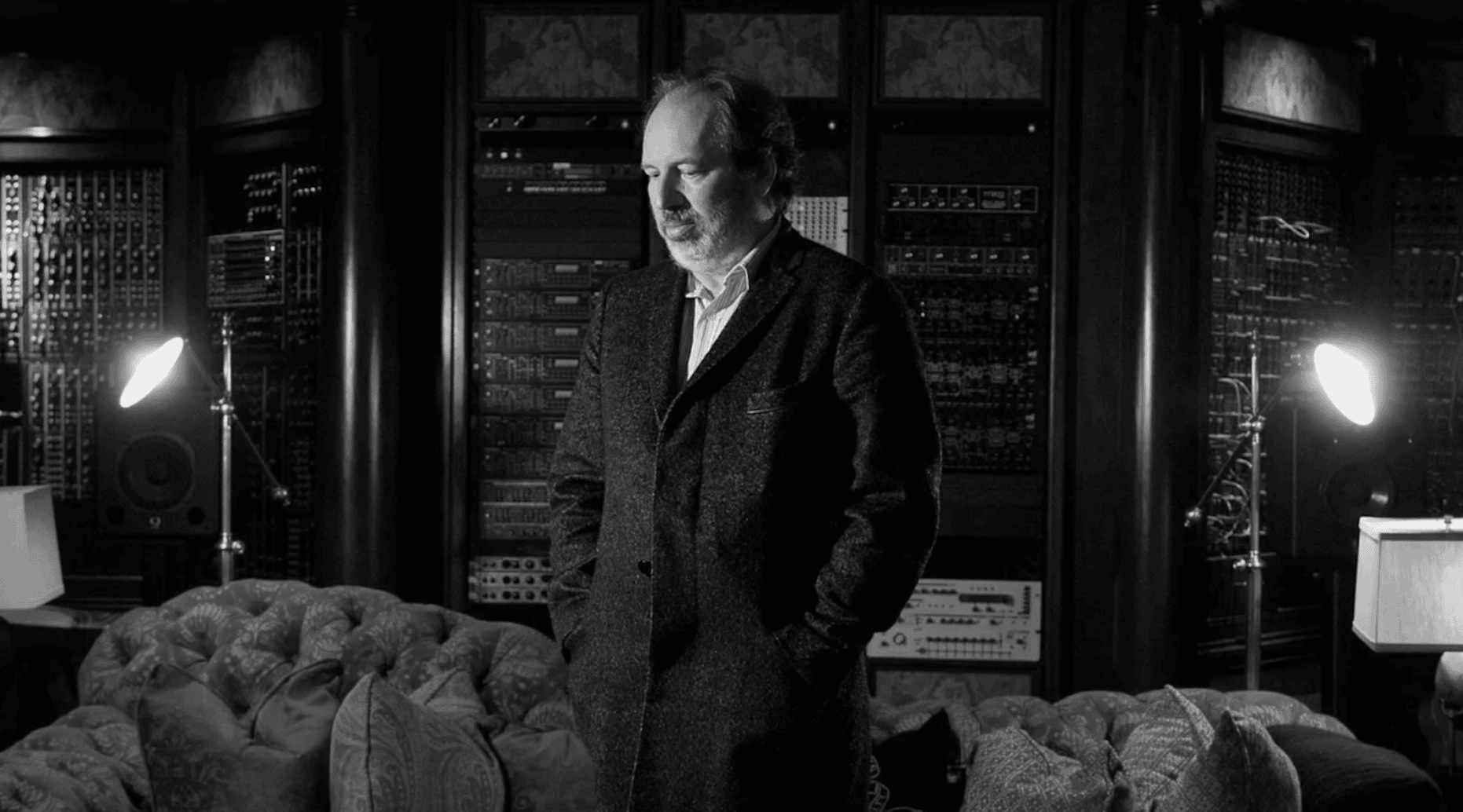Photo credit: British GQ
In a dimly lit studio in Santa Monica, where the hum of synthesizers replaces the rustling of sheet music, Hans Zimmer sits surrounded by an array of electronic instruments. His fingers glide over the keys of a vintage Moog Modular, coaxing out sounds that seem to transcend time and space. Zimmer, the maestro behind some of cinema’s most iconic scores, harbors a passion that is as eclectic as his compositions: he is an obsessive collector of rare synthesizers.
Zimmer’s journey into this electronic wonderland began in the 1970s, a golden age for synthesizer technology. As a young musician, he was captivated by the futuristic sounds emanating from these machines. His first acquisition, a humble Minimoog, opened the floodgates to what would become a lifelong obsession. Today, Zimmer’s collection boasts over a hundred synthesizers, each with its own story and unique sonic capabilities.
But Zimmer’s collection is not just about amassing rare instruments; it’s about preserving a piece of musical history. Each synthesizer in his studio is meticulously maintained and regularly used in his compositions. From the lush, sweeping tones of the Yamaha CS-80 to the gritty, otherworldly sounds of the Roland Jupiter-8, Zimmer’s synthesizers are integral to his creative process. They are not mere relics of a bygone era, but living, breathing instruments that continue to shape the soundscapes of modern cinema.
What sets Zimmer apart from other collectors is his deep understanding of the technical and musical potential of each instrument. He speaks of his synthesizers with the reverence of a historian and the enthusiasm of a child. “These machines are like time capsules,” he says, “each one captures a moment in the evolution of electronic music.” For Zimmer, the tactile experience of playing these instruments is as important as the sounds they produce. The physicality of turning knobs, pressing keys, and patching cables connects him to the music in a way that digital interfaces cannot replicate.
Zimmer’s studio is a testament to his dedication. Rows of synthesizers line the walls, their blinking lights and glowing screens creating a mesmerizing visual symphony. In one corner, a rare Fairlight CMI, one of the first digital sampling synthesizers, stands as a monument to the dawn of the digital age. In another, a pristine ARP 2600, its patch cables snaking like vines, waits to unleash its analog magic. Each instrument is a piece of the puzzle, contributing to the rich, layered soundscapes that define Zimmer’s work.
This obsession with synthesizers extends beyond his own compositions. Zimmer is a vocal advocate for the preservation and appreciation of these instruments. He often collaborates with other musicians and encourages young composers to explore the world of analog synthesis. His studio has become a haven for those seeking to learn from the master and experience the magic of these rare machines firsthand.
In an age where music is often created with a few clicks on a laptop, Zimmer’s dedication to his synthesizers is a reminder of the artistry and craftsmanship that goes into creating truly memorable scores. His collection is not just a hobby, but a vital part of his identity as a composer. It is a testament to his belief in the power of sound to evoke emotion and tell stories.
As Zimmer continues to push the boundaries of film music, his synthesizers remain his trusted companions, guiding him on a journey through the ever-evolving landscape of sound. In the hands of this modern-day maestro, these rare instruments are more than just tools; they are the keys to unlocking new realms of musical possibility.




